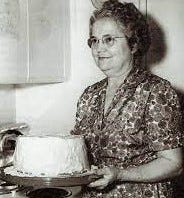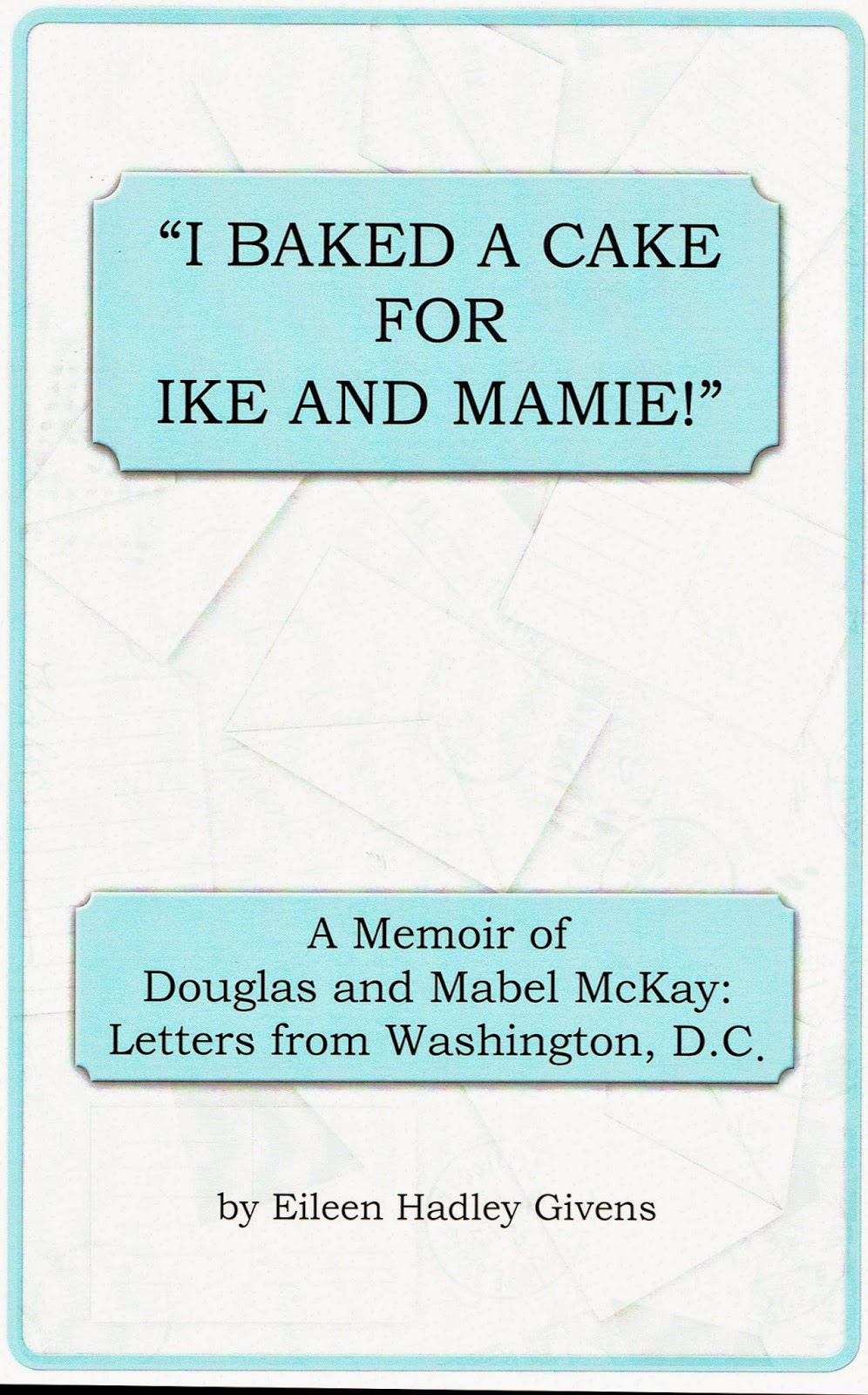You met Clementine Paddleford in Tuesday’s newsletter. As I wrote then many readers may not have heard of her but should, especially for her most famous book, How America Eats. Mrs. Mabel McKay and her angel food cake is among her most interesting and simplest recipes.
Paddleford relevels that Mrs. McKay’s cake won first prize at the Oregon State Fair every year from 1933 to 1940. The next year the cake won the grand prize. After that, Mabel took a breather but came back in 1948 and won first prize again. The fact that she was also the governor’s wife is claimed to have nothing to do with her winning streak. Her cake was just plain good.
Real fame, though, came after President Eisenhower asked her husband to be his Secretary of the Interior. The First Lady asked Mabel over to the White House for tea. As is the custom when invited to someone’s house, she didn’t arrive empty handed. And that is when her angel food cake entered the baking hall of fame.
Mabel’s recipe is straight forward, right up until you get to the part about beating the egg whites on a large turkey platter. This is frightful: It’s not an easy thing to give up your standing mixer, especially for a not particularly skillful baker like me. But I forged ahead, and the technique proved not as hard as I thought. It definitely made a difference in how high the cake rose.
Seek out the freshest summer berries to pour over the cake—consider soaking them in your favorite liqueur first. I swear to you, life will seem a little less challenging with each slice.
Mabel’s Angel Food Cake
13 large egg whites
pinch of salt
1 1/4 teaspoons cream of tartar
1 1/2 cups sugar, sifted 6 times
1 cup and 1 tablespoon cake flour, sifted 6 times
1 teaspoon vanilla extract
Dust—don’t grease!—a 10-inch tube cake pan with flour.
Pour the egg whites onto a large serving platter and sprinkle in salt. Begin to slowly beat the egg whites with a whisk at the center of the platter, then slowly move them around. Be sure to keep pushing the whites toward the middle of the platter, where they will begin to congeal. (Do not feel like a wimp if you decide to use a hand mixer, but keep it at its lowest speed.)
After the eggs start to froth, sprinkle the cream of tartar across them. Continue to beat until fluffy little mountains form. Begin to sprinkle the sugar across the surface, one tablespoon at a time. After all the sugar is incorporated, begin to do the same with the flour, one tablespoon at a time. Once you’ve added all the flour, stir in the vanilla.
By this point, you begin to have an understanding of why Mabel’s platter technique makes sense: Because the surface is spread out, you’re able to incorporate the sugar and flour more evenly and gently into the egg whites than you would using a bowl. This will contribute to how high the cake will rise.
Pour the batter into the prepared cake pan. Place it in the cold oven and turn it on at 150 degrees. You will be increasing the oven temperature every 10 minutes. Thus: After 10 minutes at 150 degrees, raise the temperature to 200 degrees for 10 minutes; then 225 degrees for 10 minutes; 250 degrees for 10 minutes; 275 for 10 minutes; 325 for the final 10 minutes for a total of 1 hour. By then, the cake should be a delicate brown. If it isn’t, leave it in for an additional 5 to 10 minutes.
Take the cake out of the oven. Immediately turn it upside down and balance it on a bottle neck. Let cool for at least two hours. To unmold, run a butter knife around the edges and the funnel.
The cake accepts every frosting except a heavy buttercream. As mentioned, summer berries, perhaps soaked in a liqueur, are heavenly.






Wow! What a process. The process in my mom’s recipe, from Rombauer as she called it, seems so simple now after reading this recipe. I remember being told not to open the oven door while it was baking and to walk lightly lest the cake should collapse.